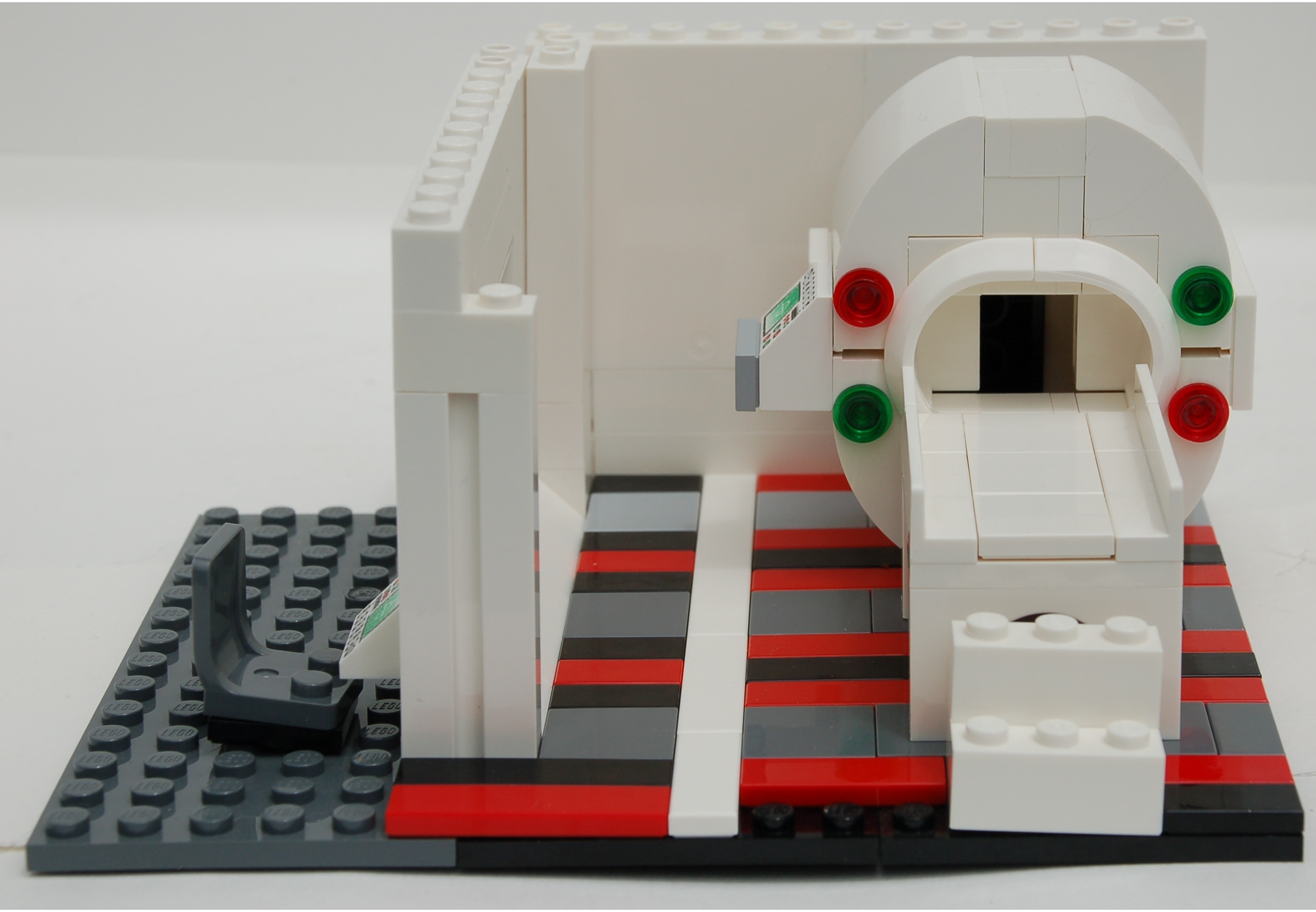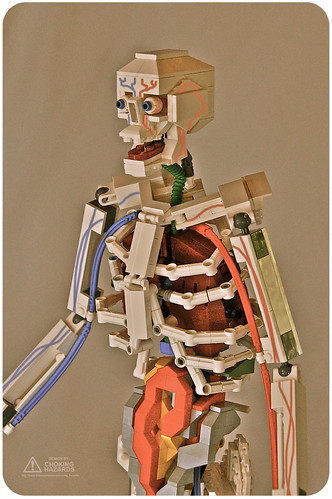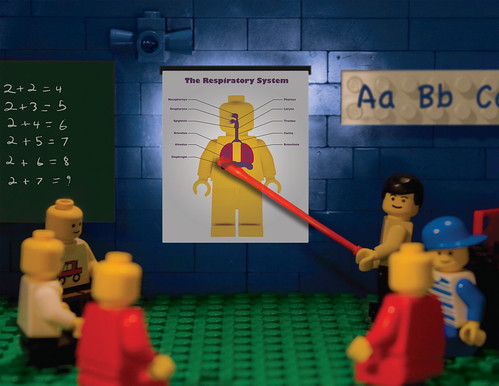
Saturday, June 18, 2011
Shinkai 6500
I previously noted the Japan-exclusive set 21100, Shinkai 6500. Builder Ocean-Storm made a number of modifications to make a more accurate model of the deep-sea explorer.


Thursday, June 16, 2011
Building in space
The other day I mentioned the LEGO sets sent to the International Space Station. While some of them are more fun, like a model of the ISS, some of them will be physics experiments. LEGO hasn't posted lesson plans yet, but students here on earth will build models to do simple experiments, like compare mass using a balance, and their results will compare to those performed in orbit, under conditions of microgravity.


Tuesday, June 14, 2011
STS-134
STS-134, which landed recently, was the next to last Space Shuttle mission. One fun aspect of this mission was the launch (literally) of a partnership between LEGO and NASA. A set of LEGO models was brought up on the Shuttle to the International Space Station as part of an interactive project to get grade school kids excited about science. This actually isn't the first such partnership, but more on that at another time.


Sunday, June 12, 2011
Friday, June 10, 2011
Wednesday, June 8, 2011
MRI
MRI, or Magnetic Resonance Imaging, is based on the same principles as NMR (Nuclear Magnetic Resonance) (they changed the name out of concern that patients wouldn't come near something 'nuclear'). Hydrogen atoms have a very small magnetic moment. Normally, these magnetic moments are completely random and cancel out. When placed in a strong external magnetic field, these hydrogen nuclei align either with or against the external field. When these are pulsed with radio wave energy, the tiny atomic magnetic moments flip from low energy state, to high energy state, and then relax back to the low energy state. Since the body is full of water molecules, mapping out the location and density of these molecules (or, more properly, the hydrogen atoms in the H2O), doctors can get a peek inside your skin.


Subscribe to:
Posts (Atom)

